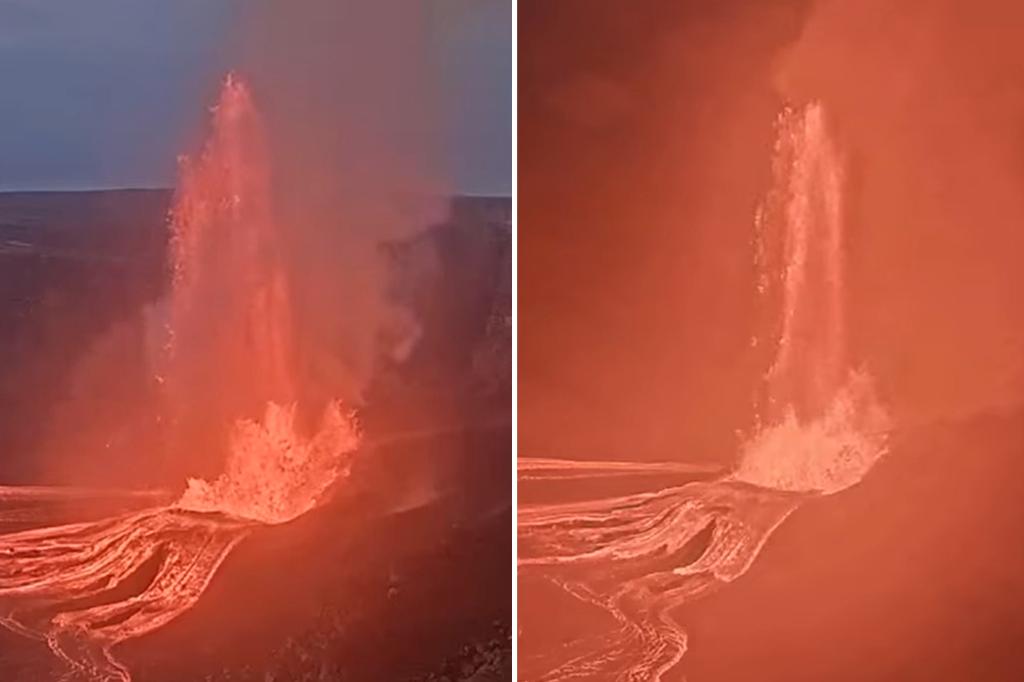Unveiling the Mysteries of Cloud Formation: How Shapes Predict Weather Patterns
Clouds are more than just picturesque formations drifting across the sky; they are vital indicators of atmospheric conditions and harbingers of weather patterns. Understanding how clouds form and what their shapes signify can significantly enhance our ability to predict the weather. This article delves into the intricate processes behind cloud formation, exploring the various types of clouds and their implications for weather forecasting.
The Science Behind Cloud Formation
At its core, cloud formation is a result of a complex interplay between temperature, humidity, and atmospheric pressure. When warm air rises, it expands and cools. As the air cools, its capacity to hold moisture decreases, leading to condensation. This process is crucial in the formation of clouds. The tiny water droplets or ice crystals that make up clouds gather together, creating the visible structures we observe in the sky.
There are several factors that influence cloud formation:
- Temperature: Warm air can hold more moisture than cold air, which is why clouds often form when warm air rises and cools.
- Humidity: Higher humidity levels increase the likelihood of condensation, leading to cloud formation.
- Atmospheric pressure: Low-pressure systems often create conditions conducive to cloud development, while high-pressure systems tend to suppress cloud formation.
Types of Clouds and Their Significance
Clouds are categorized into various types based on their appearance, altitude, and the processes that formed them. Understanding these cloud types can help us predict weather patterns more accurately. Here’s a closer look at the primary cloud types and what they signify:
Cumulus Clouds
Cumulus clouds are fluffy, white clouds that often resemble cotton balls. They form in stable air conditions and are typically associated with fair weather. However, as they grow taller and develop a more towering appearance, they can indicate the potential for thunderstorms.
Stratus Clouds
Stratus clouds are uniform gray clouds that often cover the entire sky like a blanket. They are typically associated with light rain or drizzle. Their presence signifies stable weather, but persistent stratus clouds can indicate an approaching weather front.
Cirrus Clouds
Cirrus clouds are high-altitude clouds that are thin and wispy. They are composed of ice crystals and often signal that a change in the weather is on the way. Their presence can indicate an approaching warm front, leading to precipitation.
Nimbus Clouds
Nimbus clouds, particularly cumulonimbus, are associated with severe weather conditions. These towering clouds can produce heavy rainfall, thunderstorms, and even tornadoes. Observing the development of these clouds is crucial for weather forecasting, as they often precede significant weather events.
The Role of Cloud Shapes in Weather Prediction
Cloud shapes and their formations can serve as essential clues for meteorologists. By studying cloud patterns, they can make educated predictions about impending weather changes. For example:
- Cumulonimbus clouds: These towering clouds indicate thunderstorm activity. Their presence often means severe weather is imminent.
- Altostratus clouds: These mid-level clouds can suggest that rain is on the way, particularly if they thicken.
- Cirrus clouds: While generally indicating fair weather, a rapid increase in cirrus clouds can predict an approaching weather front.
The Impact of Climate Change on Cloud Formation
As our planet undergoes changes due to climate change, the patterns of cloud formation are also affected. Rising global temperatures influence humidity levels and atmospheric pressure, which can alter the types of clouds that form and their distribution. This has profound implications for weather prediction and climate models.
Research indicates that as temperatures rise, we might see an increase in the frequency and intensity of cumulonimbus clouds, leading to more severe weather events. Understanding these shifts is critical for preparing for future weather patterns and mitigating potential disasters.
Practical Applications of Cloud Knowledge
For those interested in weather forecasting or simply enjoying the outdoors, recognizing cloud formations can be both fascinating and practical. Here are some ways to apply this knowledge:
- Outdoor Activities: Understanding cloud types can help individuals make better decisions about outdoor plans, especially when storms are imminent.
- Gardening and Agriculture: Farmers can use cloud patterns to predict rainfall, aiding in crop management and irrigation planning.
- Education: Teaching children about clouds can foster a love for science and nature, encouraging curiosity about the environment.
Conclusion: A Deeper Appreciation for Clouds
Clouds serve as a window into the dynamic processes of our atmosphere. By unveiling the mysteries of cloud formation and understanding how shapes predict weather patterns, we can enhance our weather forecasting abilities and foster a deeper appreciation for these atmospheric wonders. Whether you’re a seasoned meteorologist or simply someone gazing up at the sky, recognizing the significance of clouds can transform your experience of the weather.
In a world facing the challenges of climate change and unpredictable weather patterns, equipping ourselves with the knowledge of cloud formation is more important than ever. As we continue to explore the skies, let’s embrace the beauty and complexity of clouds, using their shapes not just to predict the weather, but to connect with the ever-changing tapestry of our atmosphere.
See more Your Daily Weather



